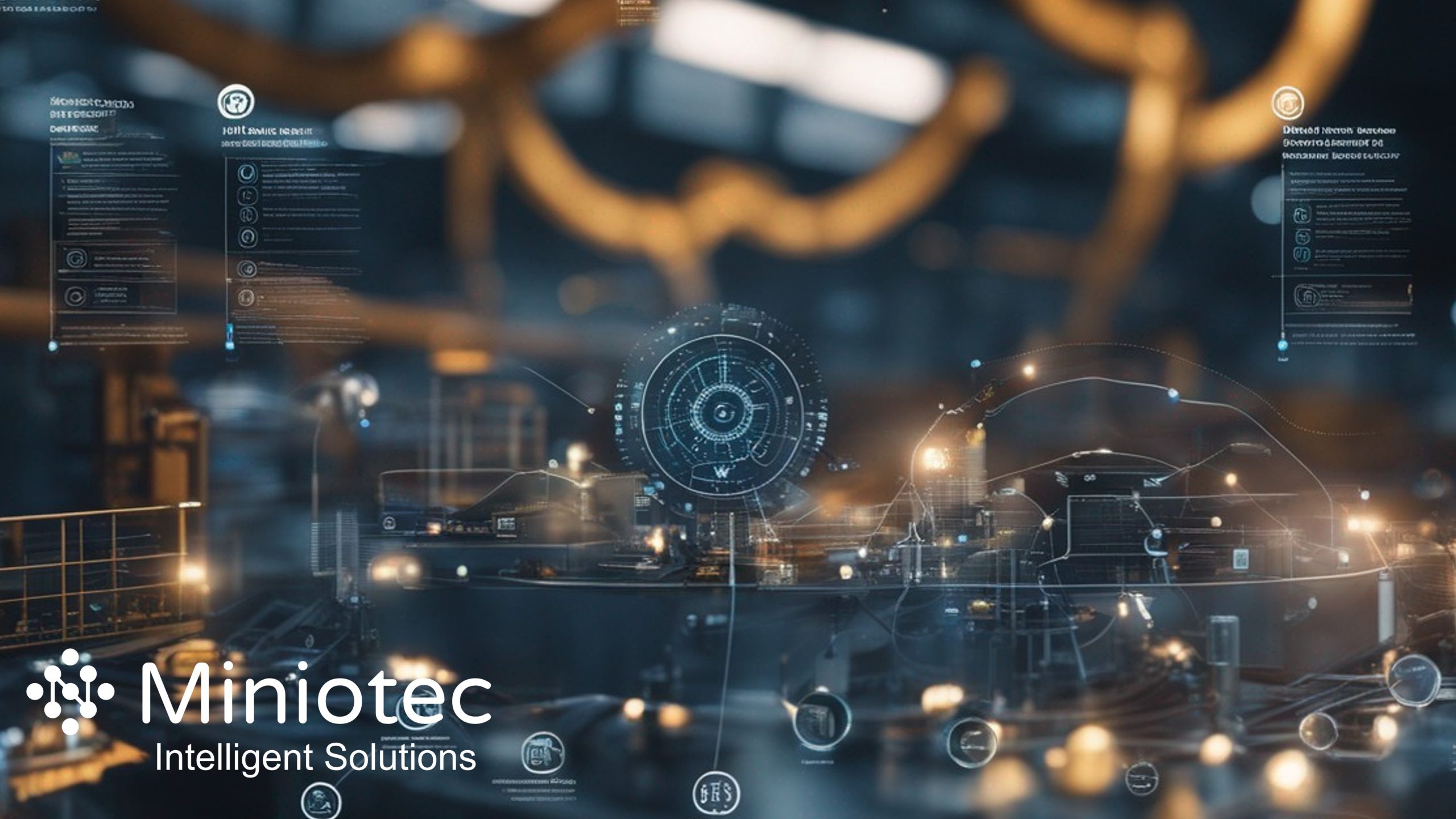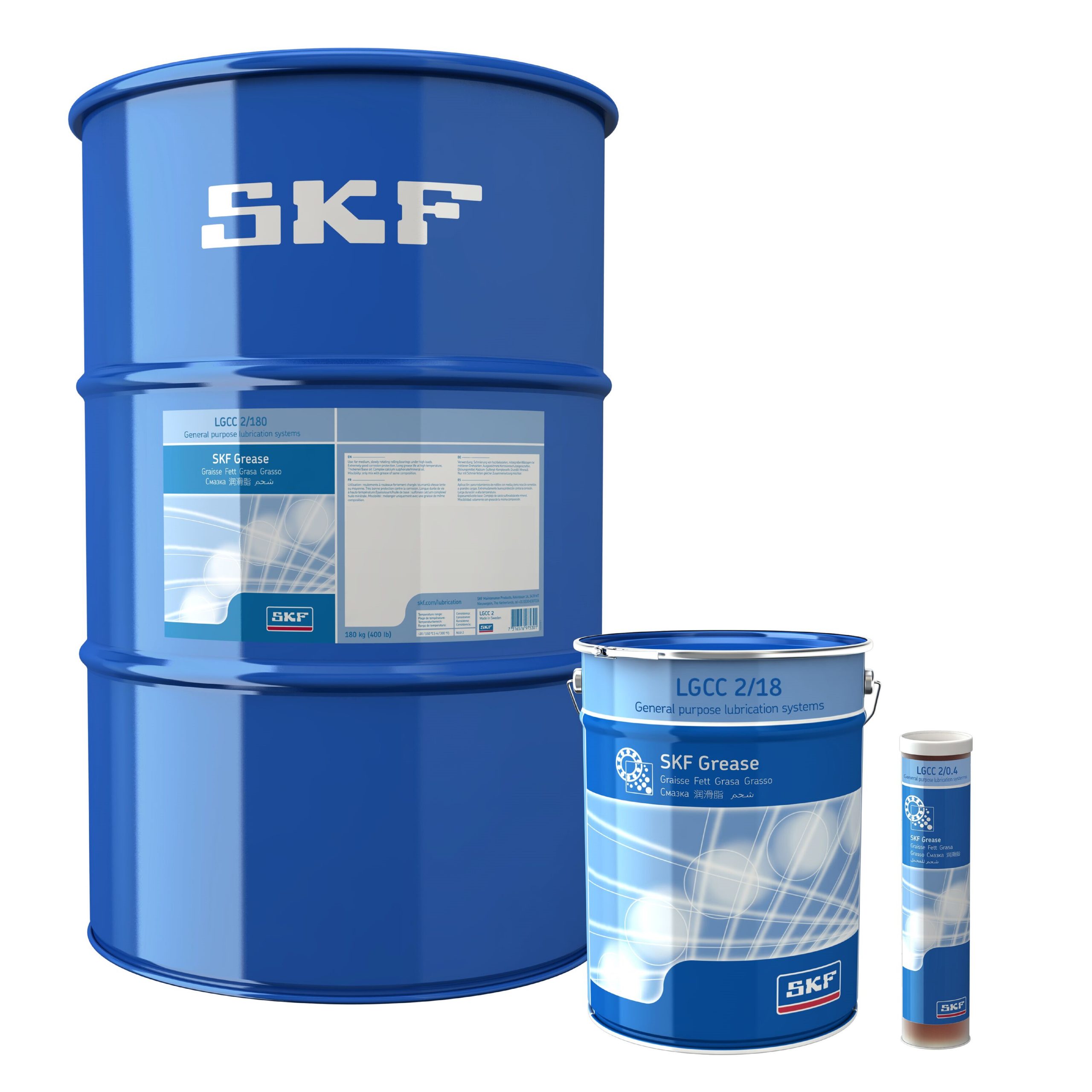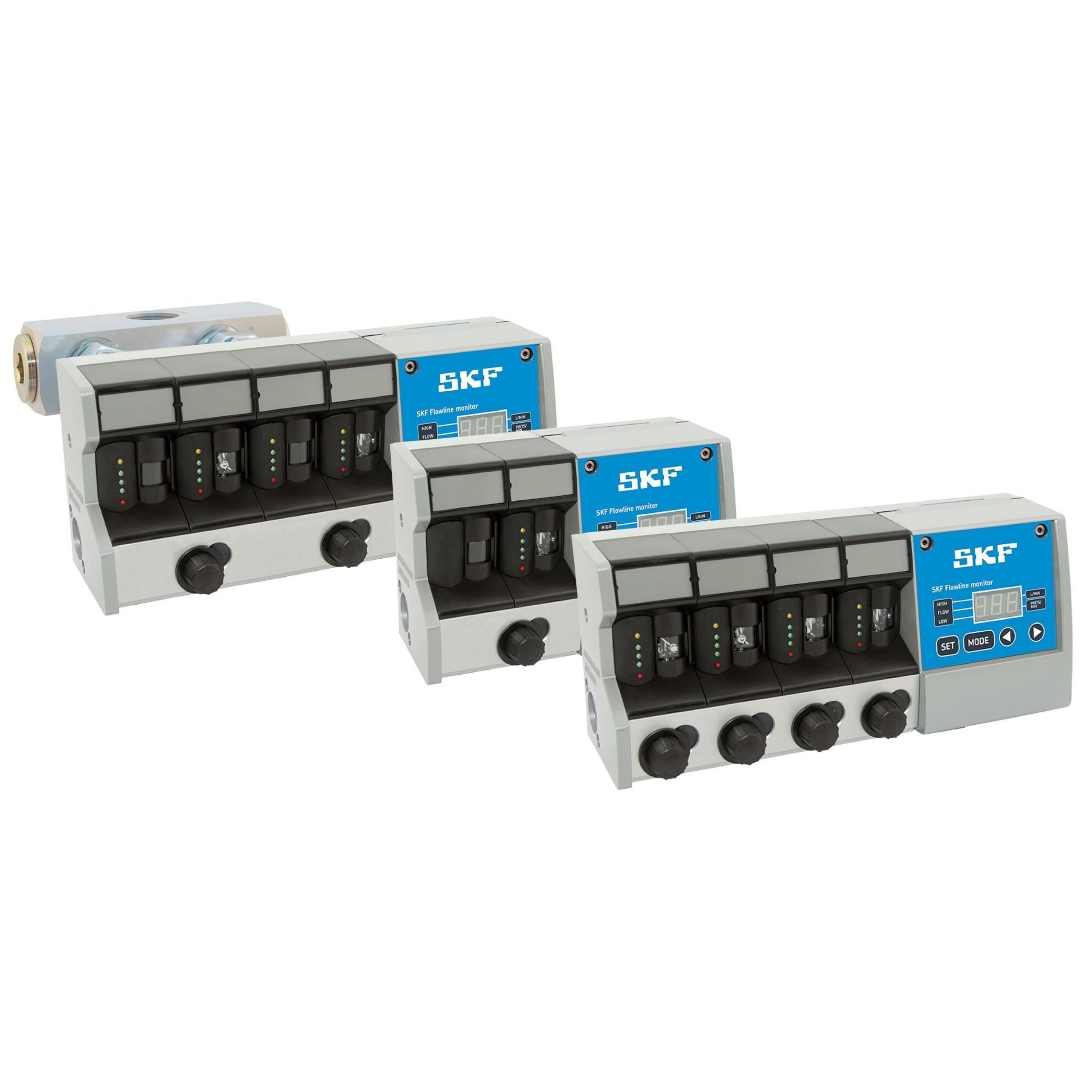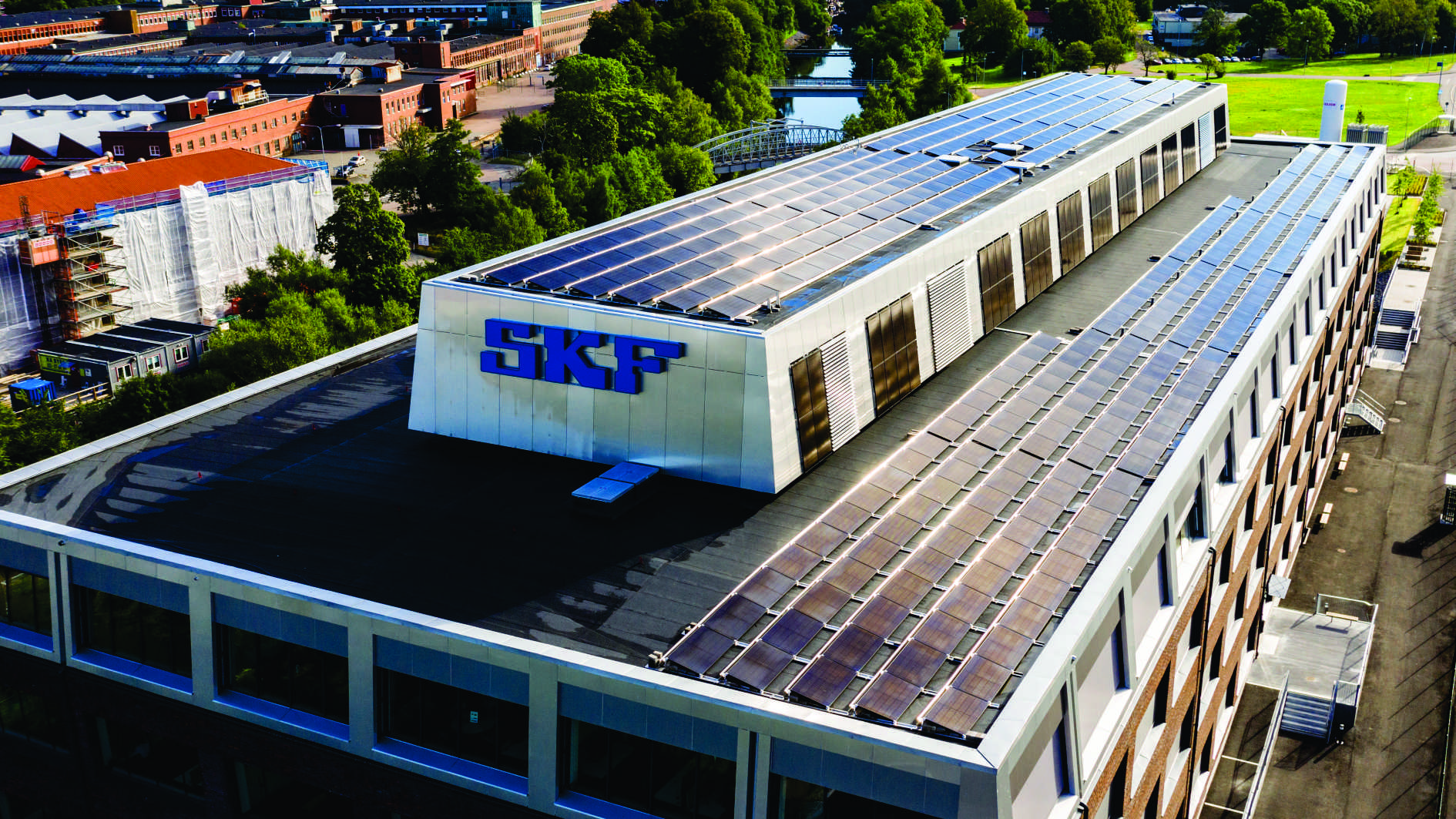
The rapidly evolving landscape of artificial intelligence (AI) is transforming many industries. One key application is predictive maintenance, which leverages AI and industrial internet of things (IIoT) sensors to forecast equipment failures before they occur. This proactive approach to maintenance brings significant risk reduction benefits compared to traditional reactive approaches.
What is Predictive Maintenance?
Advanced analytics and machine learning algorithms are used in predictive maintenance to identify patterns that indicate potential equipment faults. Rather than routinely repairing equipment regardless of condition (preventative maintenance) or only attending to equipment after it fails as with reactive maintenance strategies, predictive maintenance allows issues to be identified and fixed early, before operational disruptions or safety hazards occur.
How AI and Sensors Enable Predictive Maintenance
Data Collection Through Sensors
A variety of sensors are now being deployed to gather data on parameters such as vibration, temperature and oil quality. Examples include wireless vibration sensors, infrared temperature sensors, fluid and oil quality sensors and more. These IIoT sensors enable real-time condition monitoring capabilities for equipment health. Data can also be pulled from existing fixed-wired sensors through automated integration.
AI Data Analysis
Collected sensor data feeds into AI algorithms and specifically tuned analytics processes capable of pattern recognition based on historical and current trends. Anomalies in the data can indicate emerging equipment faults. AI predictive models make actionable and prescriptive recommendations about when and how to perform proactive maintenance. In a way, this enables previously “dumb” machines to now “talk” through connected sensors and powerful analytics.
Predictive maintenance brings particular benefits to asset-intensive sectors like manufacturing, mining and energy. For example, unexpected outages of critical mining equipment can be very costly when you include operational revenue losses during unexpected downtime. AI and sensors allow emerging issues to be detected early, preventing such events.
“As we navigate the complexities of modern industry, it becomes increasingly clear that the synergy of AI and sensors is not just an enhancement, but a necessity for predictive maintenance. Their role in risk reduction is pivotal, transforming maintenance from a routine task to a strategic asset.”
– Tony Nitchov, Managing Director of Miniotec
AI and IIoT is Improving Risk Awareness
Key Risk Reduction Benefits
Reduced Equipment Downtime
One of the primary advantages of predictive maintenance with IIoT sensors is the significant reduction in equipment downtime. By aiming to highlight when maintenance is required, industries can schedule it at the most appropriate times, avoiding unexpected outages and maintaining continuous operation.
Improved Worker Safety
Predictive maintenance also plays a vital role in enhancing worker safety. By addressing potential issues before they lead to equipment failures, the risk of accidents and hazardous situations in the workplace is considerably reduced. Additionally, data collection in hazardous or difficult to access locations is now removed by the use of wireless sensors – removing workers from ‘line of fire’ conditions.
Cost Savings
Another key benefit is cost savings. Predictive maintenance helps avoid the need for frequent repairs and optimises maintenance schedules, leading to a more efficient allocation of resources. This not only reduces immediate repair costs but also contributes to longer equipment lifespans, further reducing long-term operational expenses.
In Summary
The role of AI and sensors in predictive maintenance is increasingly becoming a critical component in modern industrial operations. By adopting these technologies, industries are able to enhance efficiency, significantly reduce risks and achieve cost savings. The future of industrial maintenance lies in the wider adoption of these innovations, which promise to reshape maintenance strategies and drive operational excellence.
The implementation of AI predictive maintenance and machine learning algorithms in this field is not just about technology adoption; it’s about transforming the way industries approach maintenance and risk management. By developing a risk mitigation plan through predictive maintenance, industries can ensure they are not only meeting current standards but are also prepared for future challenges and advancements.







